Nationality American Name Mary Avery | Fields Pediatrics | |
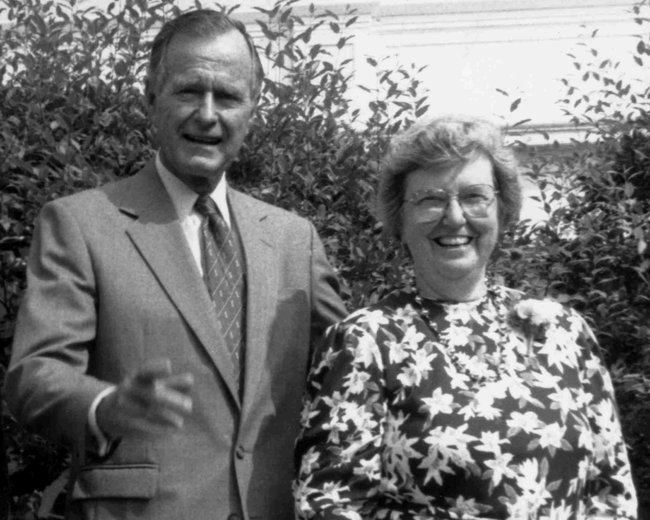 | ||
Born May 6, 1927Camden, New Jersey ( 1927-05-06 ) Institutions Harvard Medical SchoolJohns Hopkins UniversityMcGill UniversityChildren's Hospital Boston Alma mater Wheaton CollegeJohns Hopkins University Books Schaffer and Avery's Diseases of the Newborn, Born Early, The Lung and Its Disorders in the Newborn Infant Notable awards | ||
Anh ng c bi t dr mary ellen avery voa
Mary Ellen Avery (May 6, 1927 – December 4, 2011), also known as Mel, was an American pediatrician. In the 1950s, Avery's pioneering research efforts helped lead to the discovery of the main cause of respiratory distress syndrome (RDS) in premature babies: her identification of surfactant led to the development of replacement therapy for premature infants and has been credited with saving over 830,000 lives. In 1991 President George Bush conferred the National Medal of Science on Avery for her work on RDS.
Contents
- Anh ng c bi t dr mary ellen avery voa
- Women s history month mary ellen avery
- Biography
- Awards and honors
- References

Women s history month mary ellen avery
Biography
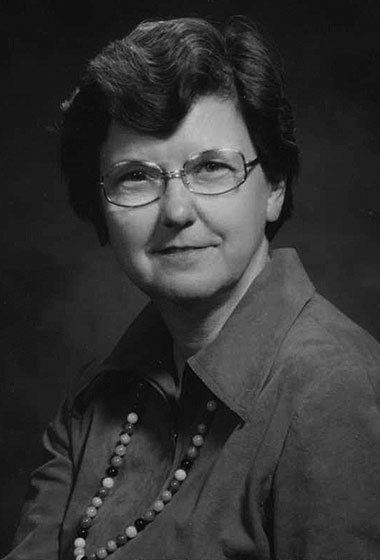
Mary Ellen Avery was born May 6, 1927, in Camden, New Jersey. Her father owned a manufacturing company in Philadelphia and her mother was vice-principal of a high school. An early inspiration was pediatrician Emily Bacon, who lived in Avery's neighborhood. She greatly admired Bacon, who took Avery to see her first premature baby. "She kindly reached out to me in many ways, and I saw her life as more exciting and meaningful than most of the women I knew," Avery has recalled.

Graduating summa cum laude from Wheaton College in 1948 with a degree in chemistry, Mary Ellen Avery went on to earn a medical degree from the Johns Hopkins University School of Medicine, where she was one of four women in a class of ninety, in 1952. Soon after graduating, Dr. Avery was diagnosed with tuberculosis, and it was during her recuperation that she became fascinated with how the lungs work. Rest and medication would cure her, but she went about the regimen her own way. Once she realized she was exhibiting no symptoms, she decided to go to Europe with a friend. "I packed one suitcase of medication and another suitcase of clothes, and spent three months in Europe on a regimen that I programmed for myself," Avery said. "It consisted of 12 hours in bed every night, and in the daytime mostly walking around and looking at exhibits and enjoying myself, but not anything strenuous."
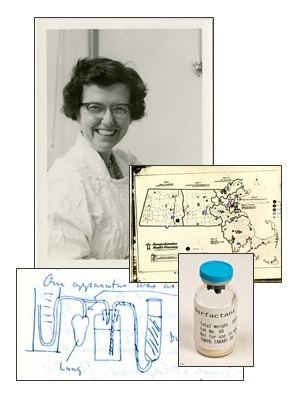
Avery returned to Johns Hopkins for her internship and residency, then moved to Boston in 1957 for a research fellowship in pediatrics at Harvard Medical School. At Harvard, Dr. Avery made a major discovery while comparing the lungs of infants who had died of RDS to those of healthy animals. "It's all because they had something they would have not needed before birth because they weren't using their lungs for ventilation before birth. But after birth, without it, they could not live more than a day or two. And therefore I found what was missing." What she had found was a foamy substance that she deduced must play a critical role. Dr. Avery's observation formed the basis of a breakthrough paper published in the American Journal of Diseases of Children in 1959. By 1995 there were 1,460 infant deaths a year in the U.S. from RDS, down from almost 10,000 a year twenty-five years earlier.
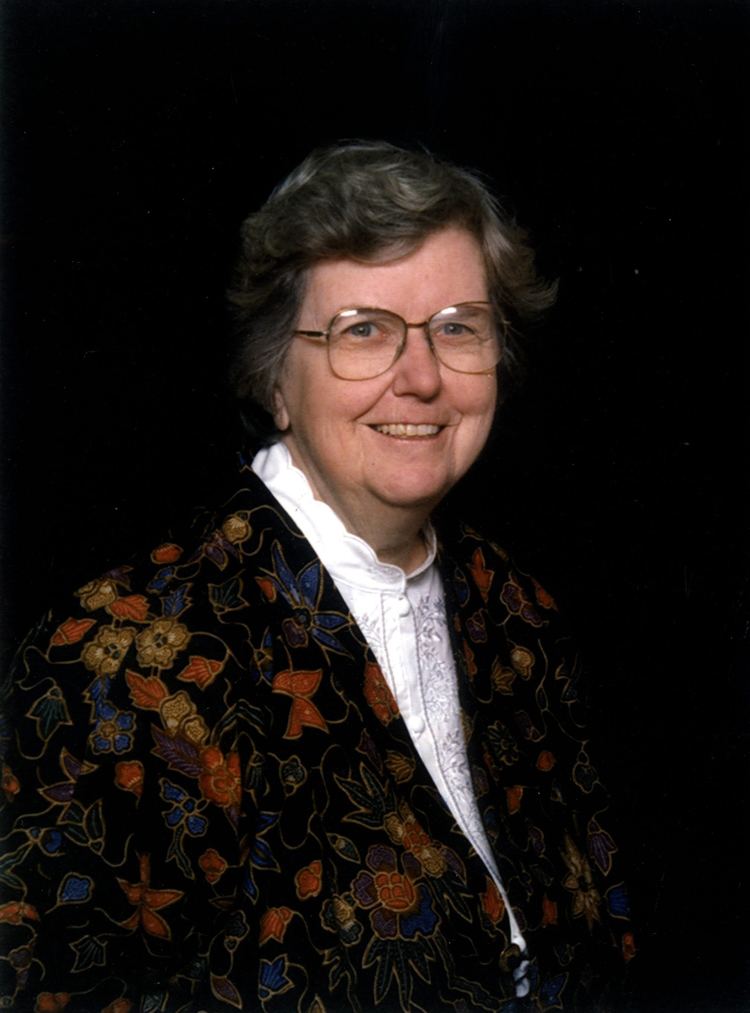
In 1960, Avery became an assistant professor of pediatrics at Johns Hopkins University and pediatrician in charge of newborn nurseries. She went on to serve as professor and chair of the department of pediatrics at McGill University in Montreal. In 1974, Dr. Avery joined the faculty of Harvard Medical School as professor of pediatrics. She was the first woman to head a clinical department at Harvard Medical School. That same year she was the first woman named physician-in-chief at Children's Hospital Boston, where she remained until 1985.
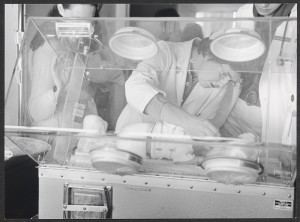
In 1990–91, Dr. Avery was the President of the American Pediatric Society. She has been involved in child healthcare delivery worldwide, as an active member of UNICEF.

Mary Ellen Avery died on December 4, 2011, at the age of 84.
Awards and honors

